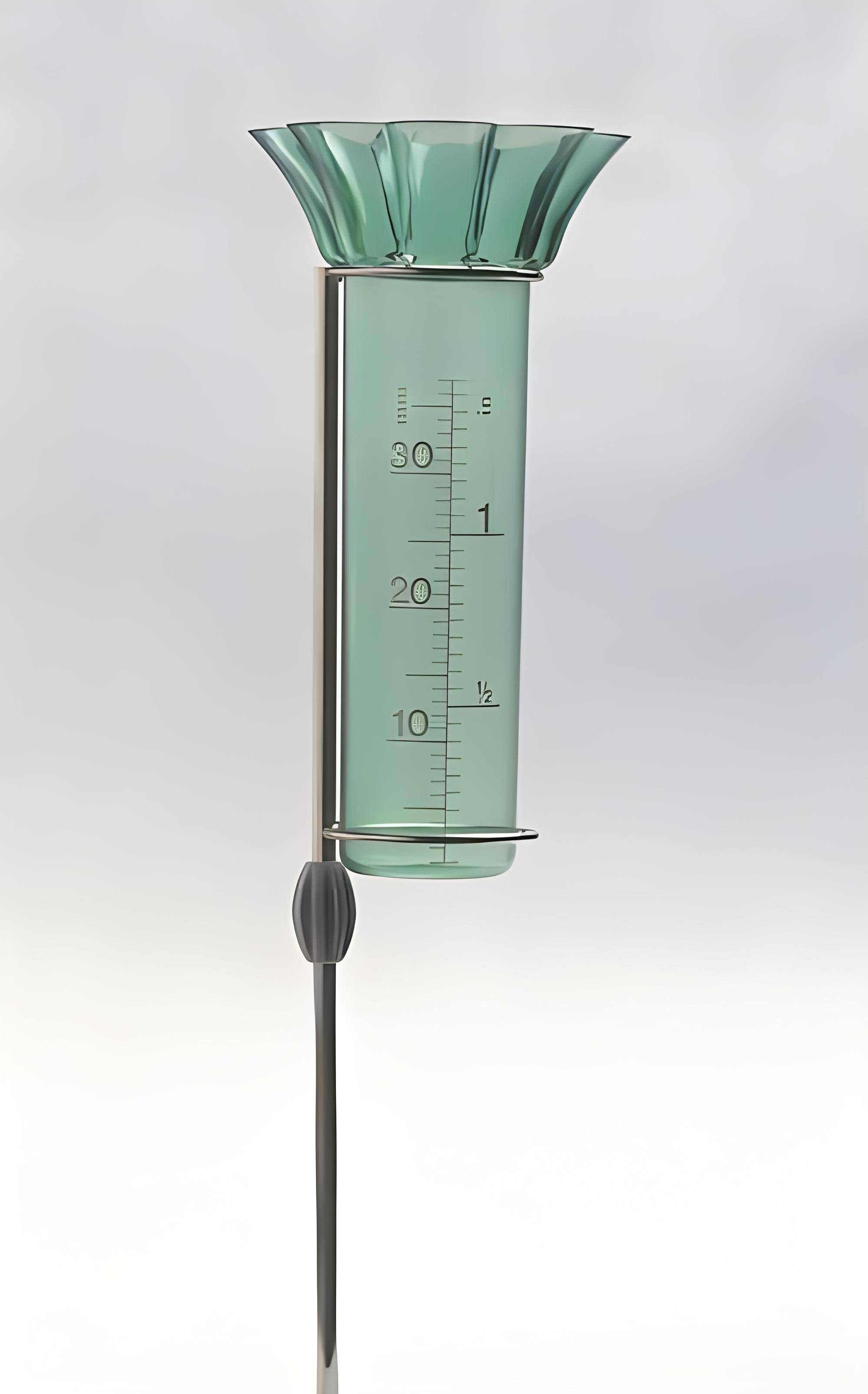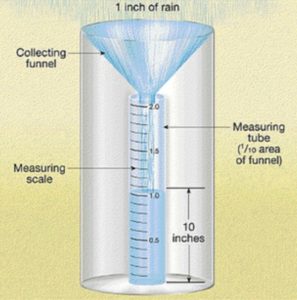Why Every Homeowner Must Consider Purchasing a High-Accuracy Rain Gauge
Why Every Homeowner Must Consider Purchasing a High-Accuracy Rain Gauge
Blog Article
Unveiling the Scientific Research Behind Rain Evaluates: How These Instruments Play an Important Function in Environment Study and Environmental Surveillance
Rain determines, relatively simple tools, hold a profound relevance in the world of environment study and ecological tracking. These unassuming tools quietly accumulate among nature's most essential elements-- rainfall. Behind their unpretentious exterior exists a complex scientific research that is crucial for recognizing the characteristics of our setting. As we peel back the layers of this clinical shroud surrounding rain determines, we reveal a world where accuracy, data precision, and meticulous monitoring converge to reveal a deeper understanding of our altering climate and its influence on the world.
Relevance of Rainfall Scales
Rain determines play an essential duty in surveillance and determining rainfall degrees, giving important data for climate research study and evaluation. These devices are basic in evaluating the quantity of rainfall that takes place in a details location over a particular period. By gathering and determining rain, rainfall assesses deal valuable insights into the distribution and strength of rainfall, helping meteorologists, hydrologists, and climatologists in recognizing weather patterns and trends.
Furthermore, lasting information gathered from rain evaluates aids in examining environment adjustment influences and patterns, contributing considerably to scientific research and decision-making procedures. In significance, rain determines serve as necessary devices in the field of meteorology and environmental scientific research, playing an essential role in advancing our understanding of weather condition and environment dynamics.
Types of Rainfall Gauges

Performance and Operation
In the world of environment study and meteorological research studies, the effectiveness of rain assesses lies in their intricate performance and specific operational mechanisms. Rainfall evaluates are designed to accurately gauge the amount of precipitation that falls over a specific area throughout a set duration.
The performance of rain evaluates is based upon the concept of gathering and measuring rainwater in a standardized manner. This collected information is critical for understanding neighborhood weather patterns, tracking lasting environment trends, and assessing ecological influences. To ensure precise measurements, rain evaluates requirement to be tactically positioned in open areas away from blockages such as buildings or trees that could conflict with the collection process.
The operational aspect of rain evaluates entails normal maintenance to stop debris accumulation, calibration checks to keep dimension accuracy, and information tape-recording for evaluation (rain gauge). On the whole, the capability and procedure of rainfall gauges are crucial for collecting trustworthy precipitation data crucial to environment research study and environmental surveillance
Duty in Environment Research
Offered the crucial significance of precise precipitation dimensions in comprehending weather patterns and environmental influences, the role of rain determines in climate research is crucial. Rainfall determines offer crucial data for climate research study by evaluating the quantity of precipitation that drops over a particular area throughout an offered duration. This information is vital for keeping track of long-term patterns in next precipitation patterns, analyzing the influence of environment change on rains circulation, and boosting climate versions.

Climate researchers make use of data gathered from rain evaluates to analyze more tips here variants in rainfall degrees, identify local climate trends, and assess the effectiveness of water source management approaches. By comparing historical rainfall information with existing dimensions, scientists can find changes in precipitation patterns, such as changes in the regularity or strength of rainfall occasions. This info is vital for understanding exactly how climate modification is influencing rainfall dynamics and can help policymakers make notified decisions relating to adjustment and reduction techniques.
Applications in Ecological Surveillance

In flooding projecting, rainfall scale information helps to track rainfall intensity and circulation, enabling authorities to issue timely cautions and take required measures to reduce flood dangers (rain gauge). Drought tracking counts on rainfall gauge information to evaluate moisture levels in the dirt and track rainfall deficits, aiding in the recognition of drought-prone areas and the implementation of drought reaction techniques
Furthermore, rainfall gauge data plays a vital duty in water source monitoring by giving information on water schedule and usage trends. This information is made use of to make educated decisions concerning water appropriation, preservation measures, and sustainable water source planning. Furthermore, in agriculture, rain gauge data assists farmers in maximizing irrigation schedules, plant option, and total farm management techniques based on neighborhood rainfall patterns. Overall, rain gauges are essential devices in ecological surveillance, providing important insights that add to educated decision-making that site and lasting source management.
Verdict
To conclude, rain determines are essential devices for determining precipitation, providing important data for climate research study and environmental surveillance. With different types and capabilities, rain gauges play a crucial role in understanding precipitation patterns and their effect on the environment. By properly measuring rains, these tools add to the development of clinical knowledge and help in making educated decisions associated to water resource management and catastrophe preparedness.
Rainfall determines play an important role in tracking and determining precipitation degrees, supplying vital information for environment research and analysis. The conventional rain scale, understood as the "tipping container" gauge, is one of the most typically made use of devices. Ultrasonic rainfall determines usage audio waves to identify the presence of rain, supplying real-time information on precipitation levels.Climate researchers make use of data collected from rainfall assesses to examine variations in precipitation levels, recognize regional environment fads, and review the effectiveness of water resource management strategies.In conclusion, rain determines are important devices for measuring precipitation, offering valuable information for climate research and ecological monitoring.
Report this page